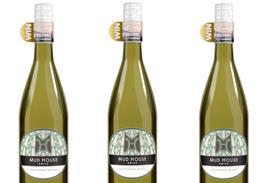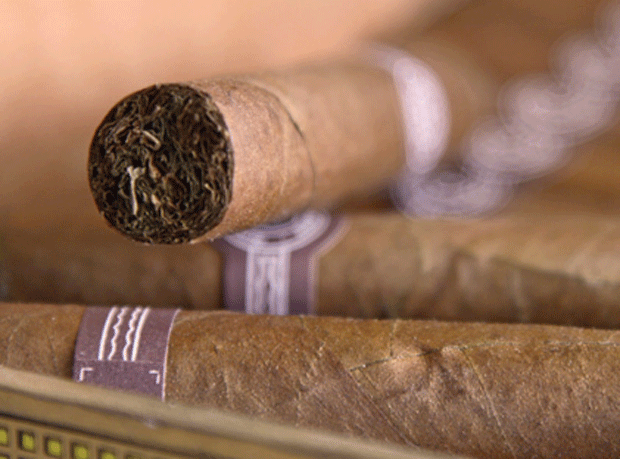Tobacco sales via large and small stores do not appear to have been impacted by the implementation of a display ban in large Scottish outlets last week, early indications from retailers suggest.
A ban in large stores has already been in force in England for a year, and Northern Ireland and Wales since October and December 2012.
Nisa retailer Harris Aslam, who has five stores in Scotland, including two large Nisa Extra stores in the Dundee area, said there had only been a minimal impact on sales in the first couple of days.
“Sales at the Extra stores, which are near a small Co-op, were mildly affected for the two days immediately following the ban, but as soon as the adult smoking public understood what had happened, and that we did still sell tobacco, they returned to normal levels,” he said.
Sales at Dennis Williams’ Premier store in Edinburgh and Des Barr’s newsagents in Paisley, Renfrewshire, were also unaffected.
“I’ve not noticed any increase in my tobacco sales since large stores went dark, and I have a large Tesco less than 200 yards away,” Des said. “A couple of customers have come in and asked me why my gantry isn’t covered up as they aren’t aware of the different implementation dates between large and small stores - hardly surprising as there’s been next to no public information about it. All in all, I don’t think the display ban will make any difference to sales. Tobacco is a destination not an impulse purchase.”
Scottish stores must comply with more onerous conditions than their English, Welsh and Irish counterparts. No more than 1,000sq cm (about the size of eight to 12 cigarette packs) of the tobacco gantry can be displayed when serving an adult customer, and tobacco accessories such as rolling papers, filters and tips are also covered by the ban and must be covered up.
Electronic cigarettes, lighters and matches are not included, and should not be merchandised in the covered section of the gantry. Opening the gantry to retrieve any of these products would be committing an offence.

















No comments yet